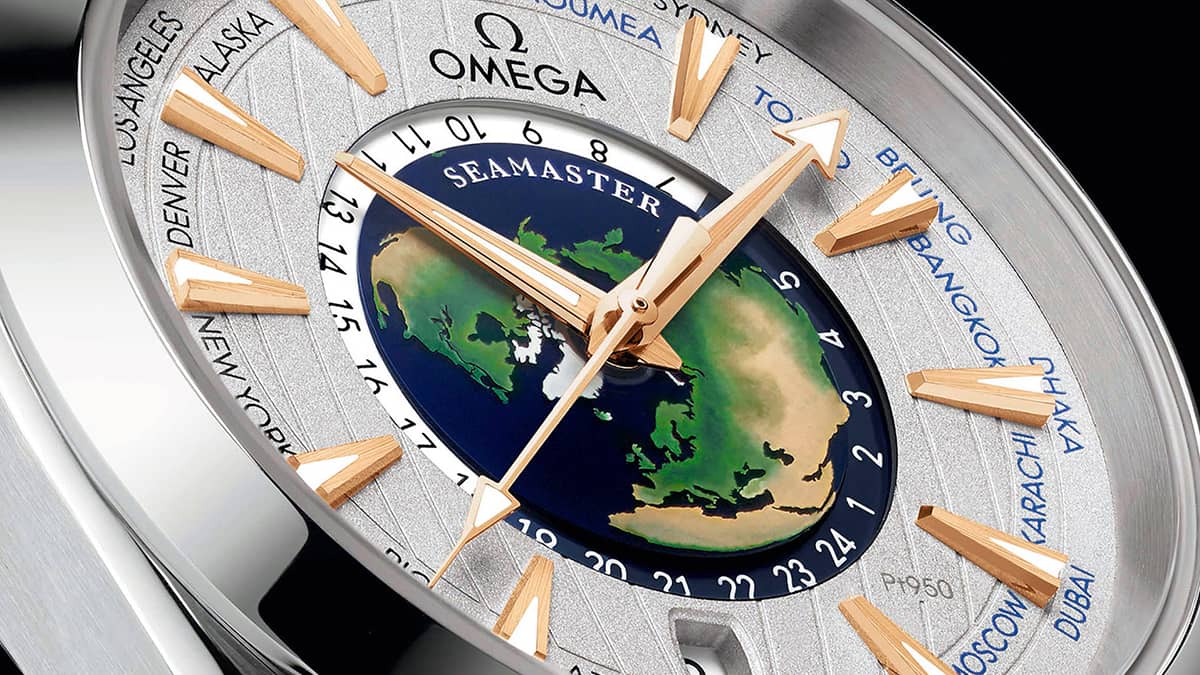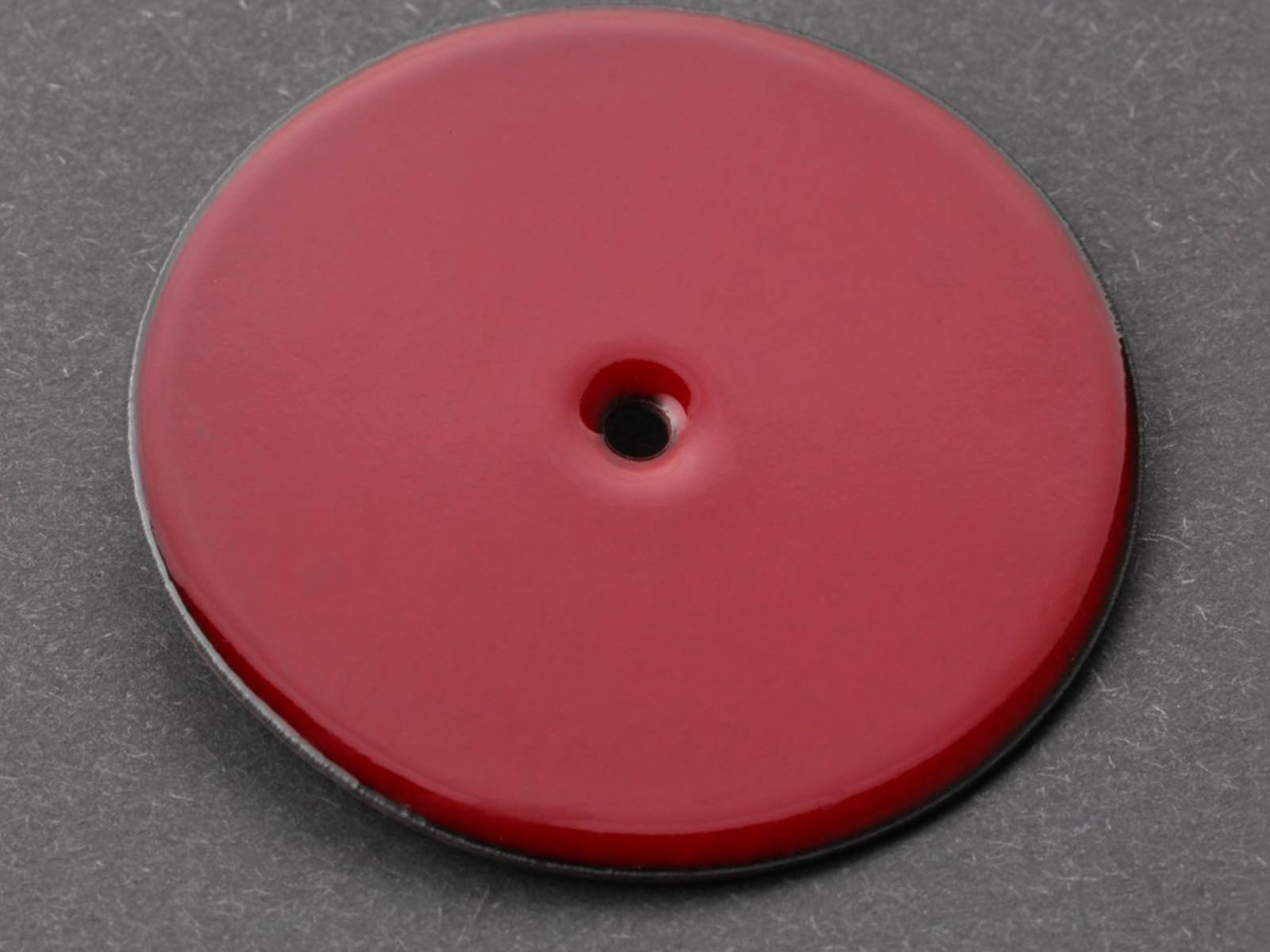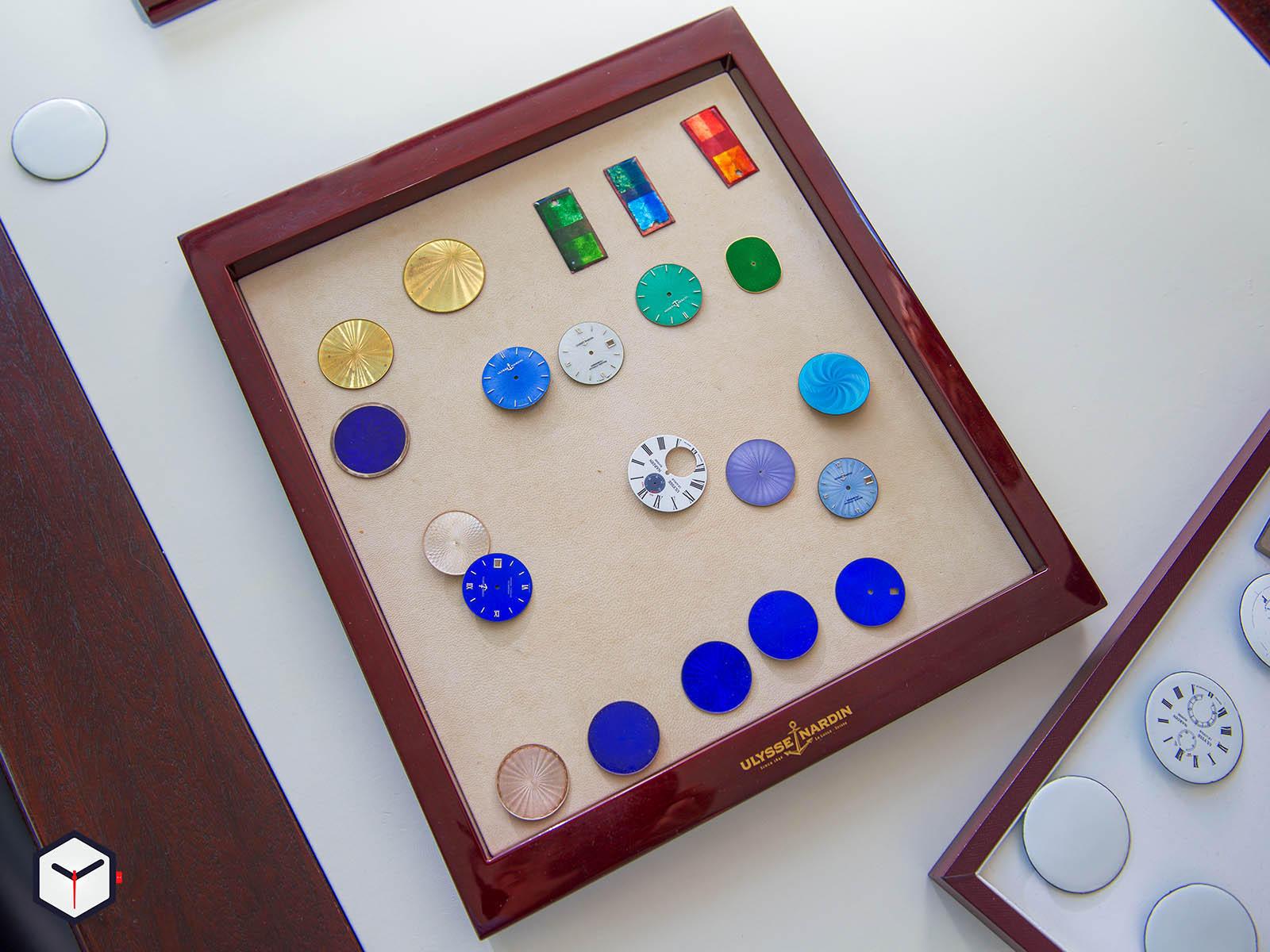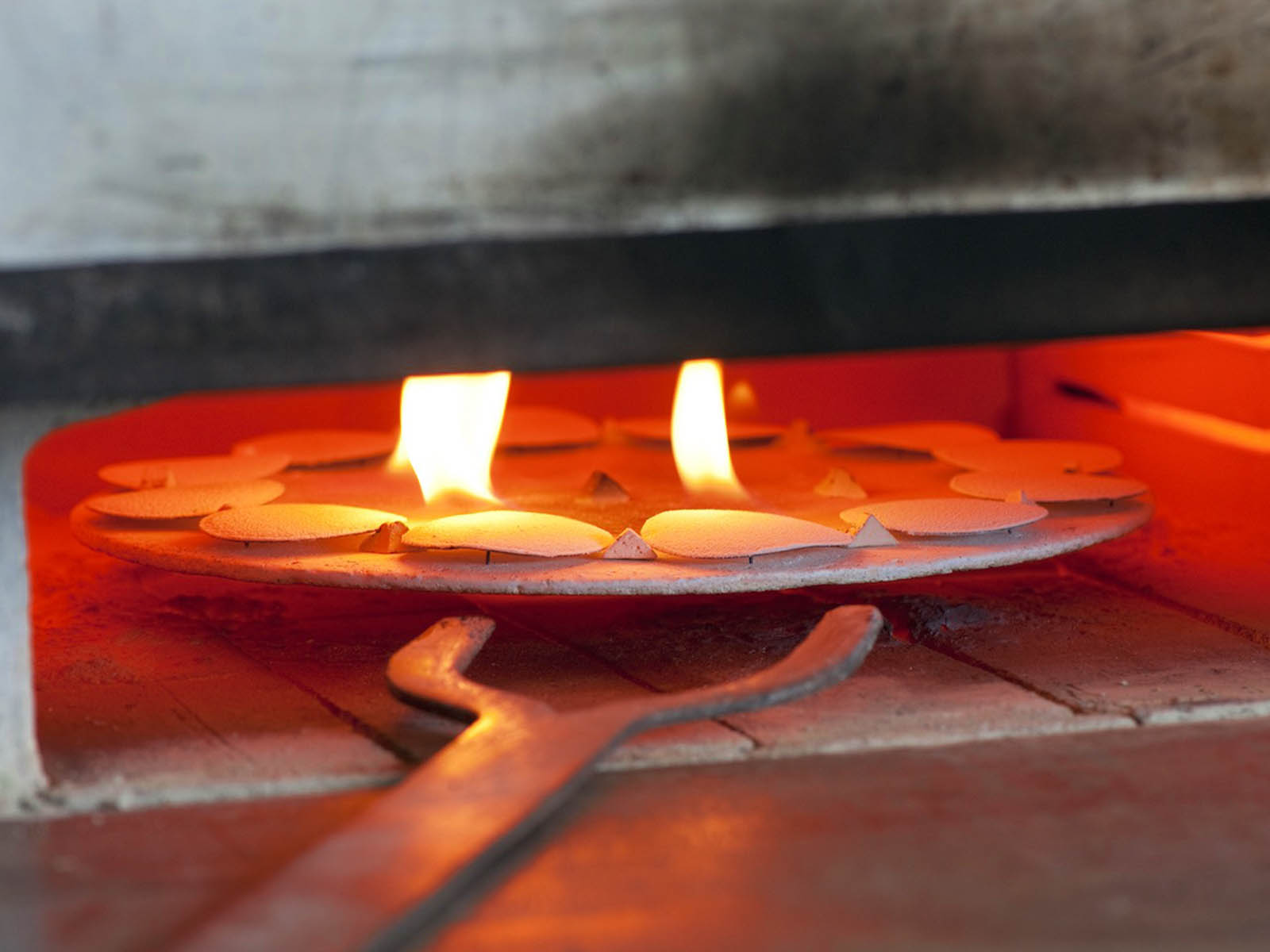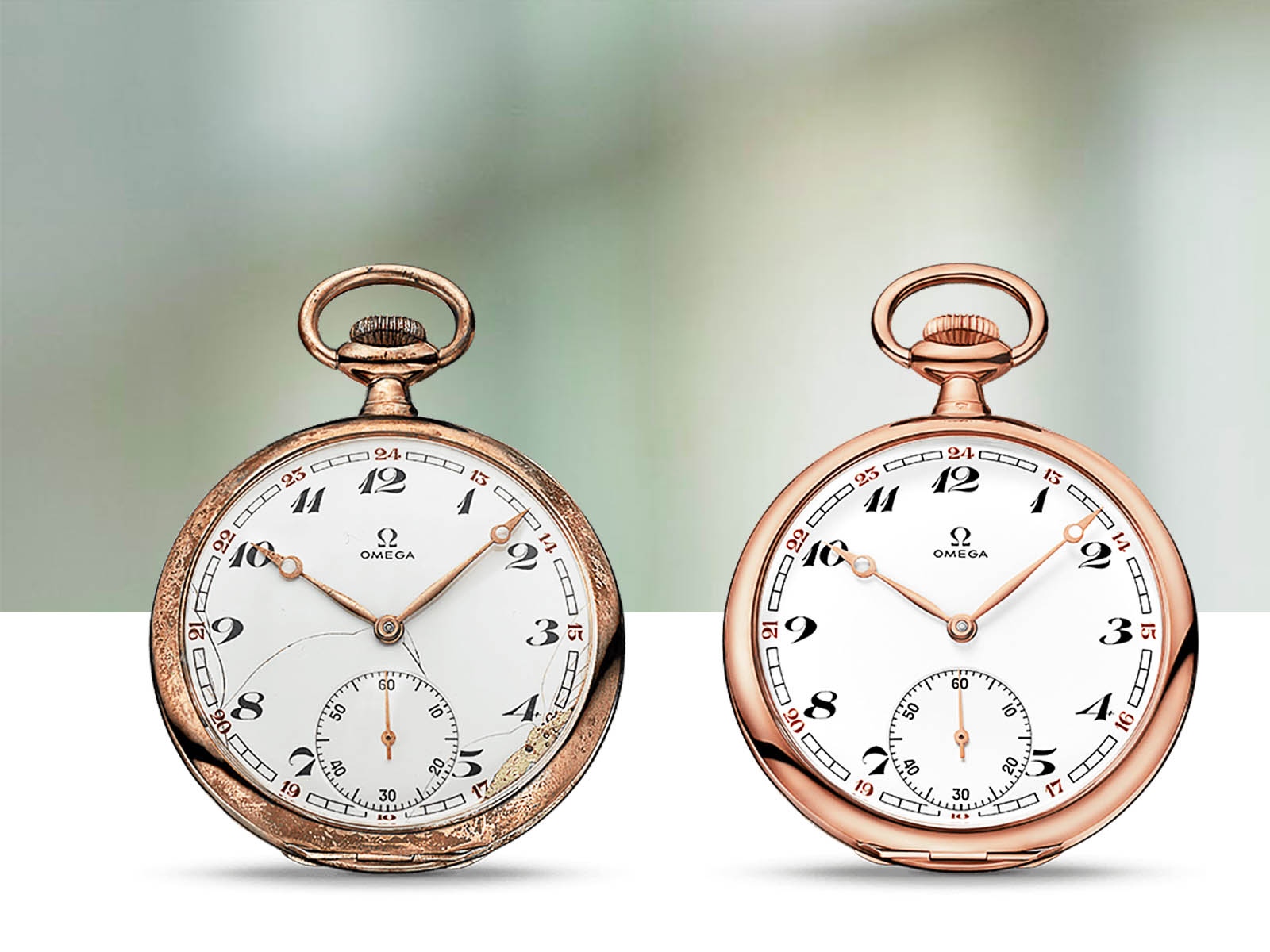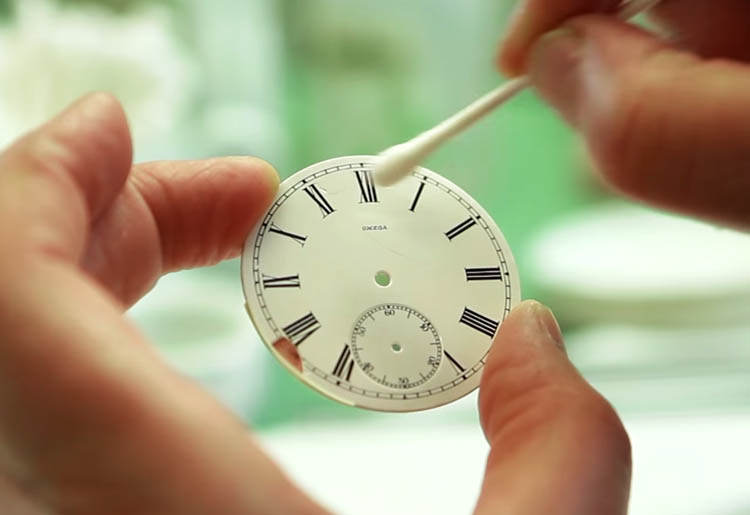You’ve read the word ‘enamel dial’ maybe hundreds of times while reading the articles about luxury watchmaking. So, what do you know about enamel, which is almost as old as watchmaking? Let’s refresh our knowledge together.
Do not underestimate the enamel... Enamel dials, which have a very important place in horology, are not produced easily. Expertise and fine artisanship are very important here. Therefore, I think it is better to rewind and talk about how it is produced first.
Enamel is a soft glass derived from silica mixed with components such as red lead and soda ash. The raw materials are melted to a colorless, crystalline liquid form. A wide variety of intense colors can be obtained by adding other ingredients to the molten mixture. For example, adding cobalt produces a blue color, chromium a green; iron a grey, and iodine a fiery red. After an average of 14 hours of fusing in the kiln, the colored enamel is scooped out with a ladle and laid to cool. Either on a flat piece of cast iron (for transparent types) or in a cast iron mold (for opaque types).
The molten enamel becomes a glass-like plate. There are two options at this stage; it can be divided into a crystalline form or (often) turned into basic powder. Depending on which form, the enamel master may have to grind the enamel using the mortar and the pestle to bring it to the desired consistency. It seems easy but it is not. Utmost care must be taken because the enamel must reach the finest structure possible depending on the type and shape of the application.
Dial Application
To manufacture a dial, thinned enamel is applied primarily to a metal disk. At 800 to 1,200 ?, the enamel melted into the furnace melts into the metal. Then it is allowed to cool and sandblasted afterward. This process continues until the desired thickness and finish is achieved. At the end of the process, the enamel takes a vivid color that never fades. Fine enamel alone may look quite fragile, but being in a watch case protects it forever.
Briefly
Enamel dials first appeared in the late 17th century when the pocket watches became widespread. This technique continued to be widely used until the beginning of the 20th century. Numerous examples from that period prove the quality of the enamel. However, the discovery of new methods has reduced the use of enamel over time. For this reason, many brands now use enamel only in their special watches.
Another reason why we see less of the enamel dials is the demanding and time-consuming production process. Depending on the color to be used in the enamel dial, usually, 6 to 9 layers of enamel are used to achieve the desired finish. Each layer needs to enter the furnace and the possibility of failure is very common in every curing process.
For example, the case of the dial breaking while entering from one furnace to another is not uncommon. Bubbles may form on the surface, small holes may remain, or a color problem may occur. In any case, the enamel dial is thrown away and the whole process starts again. Moreover, all of these operations are done manually. A dial takes about 10 hours to complete, and some colors make it even more difficult.
This is how we can briefly compile the story of the enamel dial. If you have refreshed your knowledge -and, of course, if you have one- look at your watch’s enamel dial once more. We’re sure it will look different to you.
